Spark: the Technology Innovation Marketplace can help government and public sector to access new and emerging technology products.
This Dynamic Purchasing System (DPS) uses a filter system that helps customers find relevant suppliers. The filter system includes defined technology areas, developed with customer input, and focuses on emerging technologies predicted to have the largest impact over the next 2 to 5 years.
There are 8 technology areas you can filter by:
- Internet of Things (IoT)
- Artificial Intelligence (AI) and automation
- simulated and enhanced environments
- engineering/materials science
- data
- wearables
- transport
- security
Each of these areas contains between 3 and 17 sub-categories.
The DPS filters help customers to identify and shortlist suppliers. The two main filters are:
- problem area
- technology type
You can also filter by:
- location
- security classification
Suppliers can apply to join the marketplace at any time, and identify their areas of expertise as part of the application process.
Successful suppliers need to demonstrate their ability to offer suitably innovative products that meet either of the following 2 definitions:
- a Radical Innovation offering a new product, service, process or strategy introduced into a market, designed to make a significant impact by completely replacing existing technologies and methods. For example, streaming services replacing video rental stores
- a Disruptive Innovation that creates a new market and value network and eventually disrupts an existing market and value network, displacing established market-leading firms, products and alliances. For example, light emitting diodes (LEDs) replacing traditional light bulbs
As well as their ability to provide innovative products, the supplier’s contract example needs to explain the benefits for the end user and must be approved and confirmed by the customer.
Once an application is complete, it can take can take up to a maximum of 15 working days to assess and appoint a supplier to the marketplace.
A full copy of the bid pack is available on the Supplier Registration Service or you can download it.
